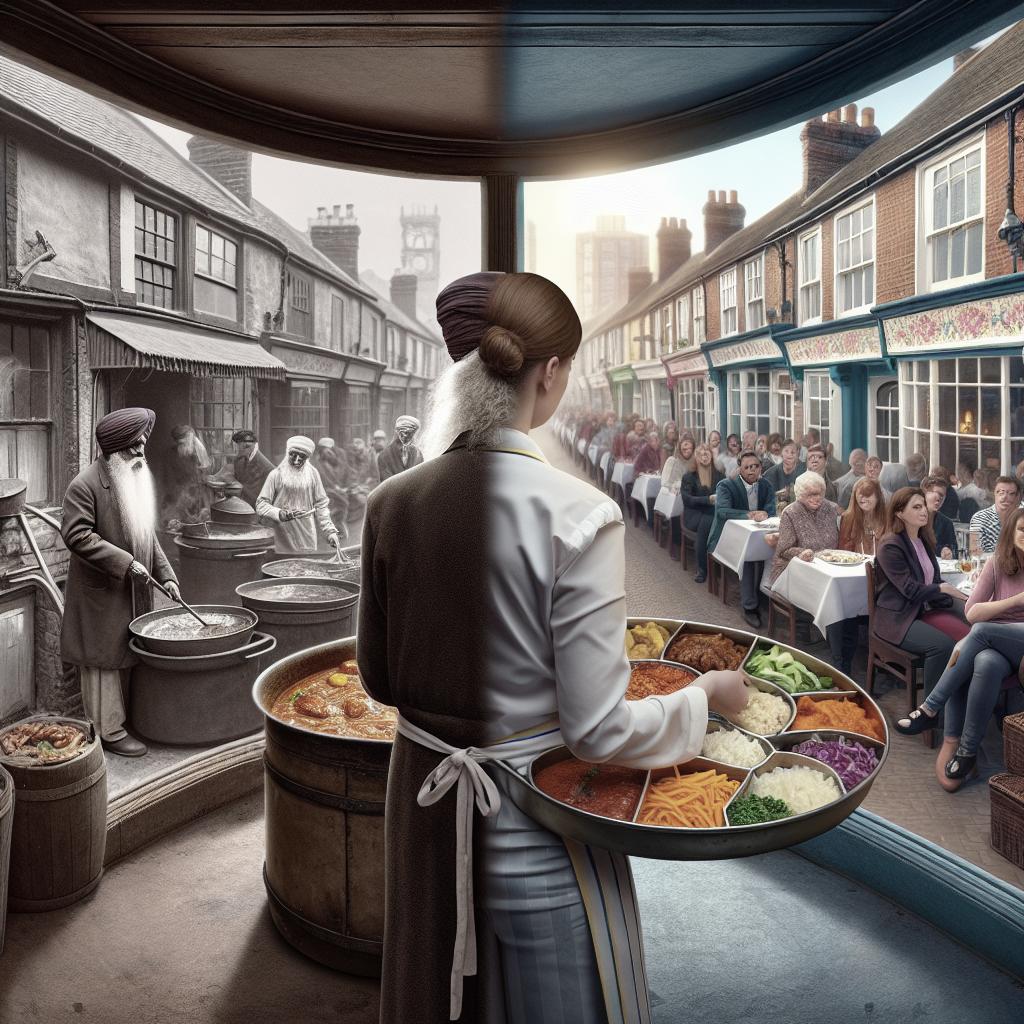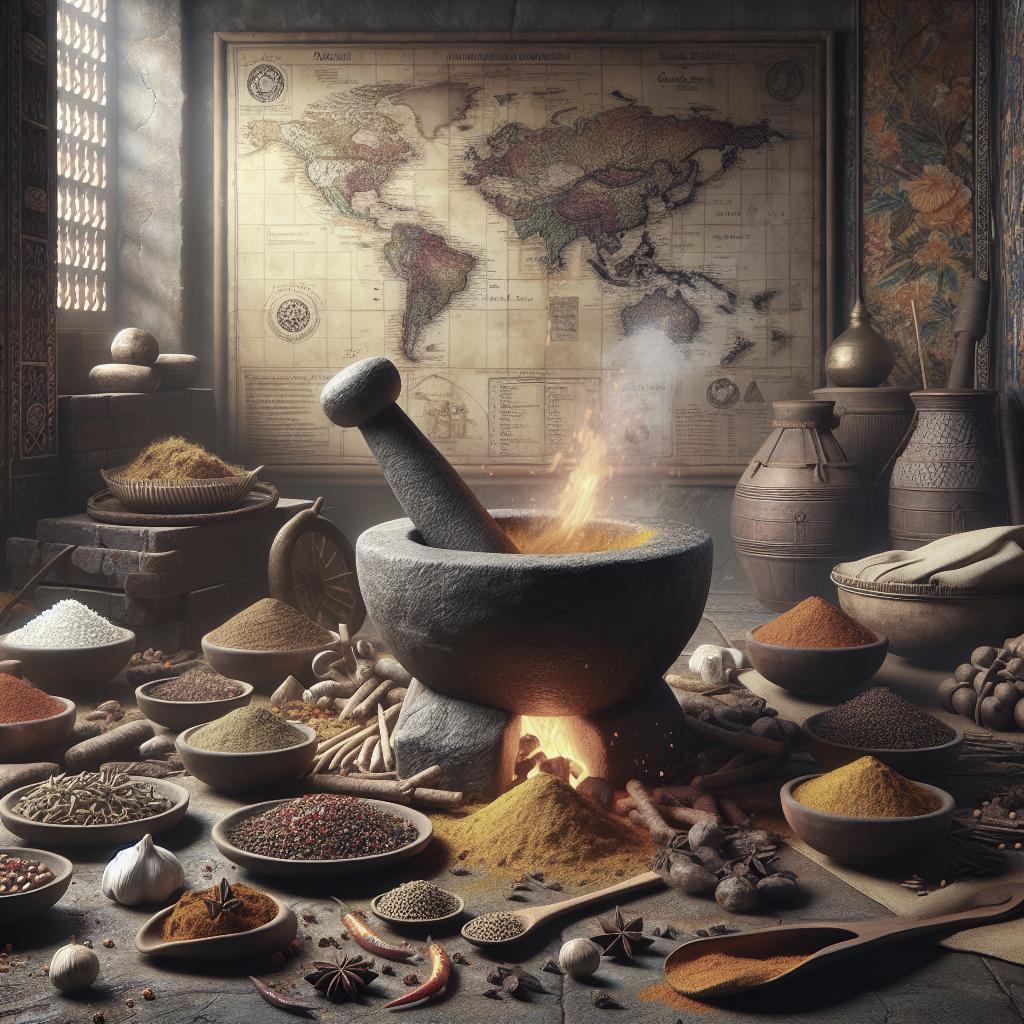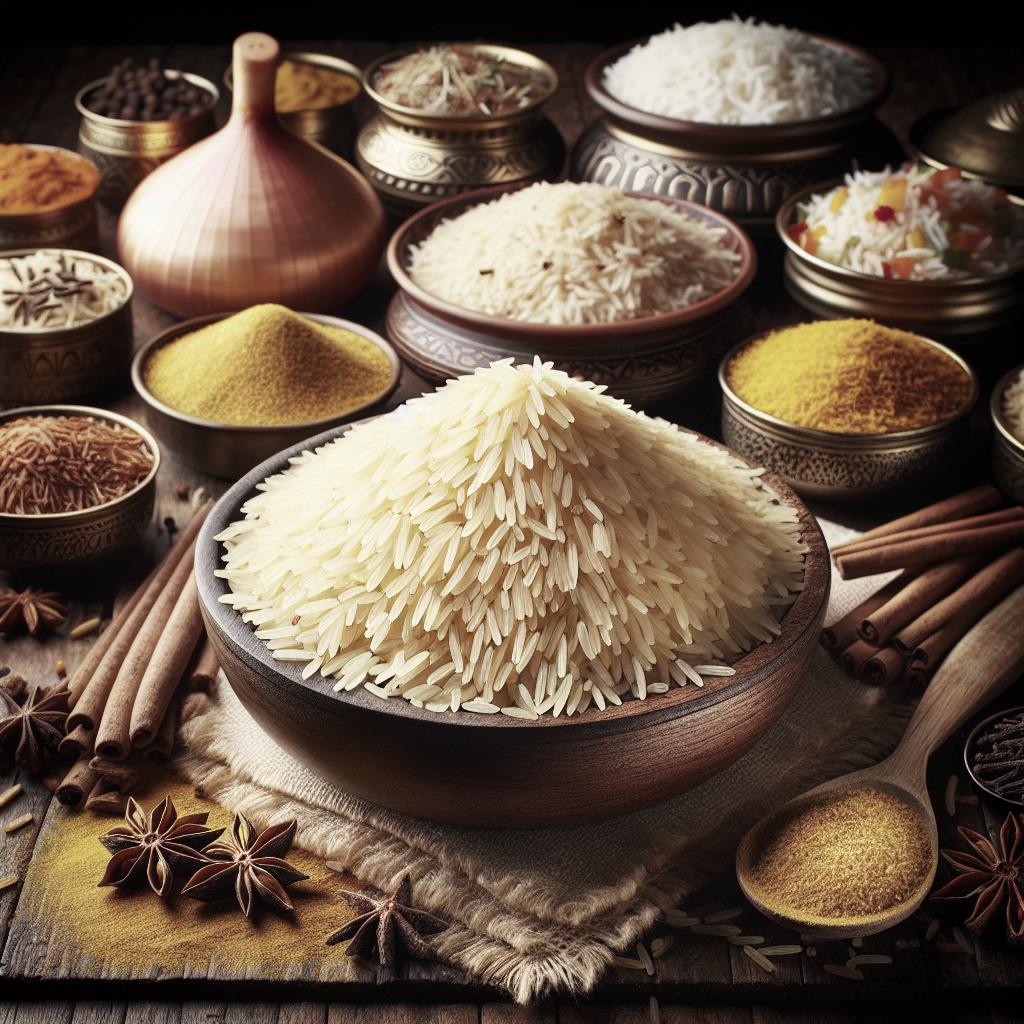“`html
The History of Curry Houses in the UK
The story of curry houses in the UK is a tantalizing blend of cultural evolution and culinary fusion. From its regal beginnings during the British Raj to its post-war evolution as a staple of British cuisine, the curry house has become an iconic part of the nation’s dining landscape. This article explores the journey of these restaurants, touching on key moments like royal influences, immigration waves, and the vibrant changes during the late 20th century. We will delve into how these factors have shaped the British curry house into a beloved institution that continues to evolve with contemporary tastes and trends.
THE HISTORY OF
The presence of curry in the UK dates back to the days of the British Raj, where British officials and soldiers stationed in India developed a taste for the exotic flavors of Indian cuisine. Upon returning to the UK, they brought with them a yearning for these aromatic and richly spiced dishes. The first known curry house is widely believed to be the Hindostanee Coffee House, established in London in 1810 by Sake Dean Mahomed. This marked the beginning of a culinary journey that would see curry become an entrenched part of the British diet.
In its early days, curry was seen as a luxury, enjoyed by the upper classes and those who had travelled to the colonies. Its regal associations and exotic allure made it a novelty. As the Victorian era progressed, the popularity of curry grew steadily, manifesting in the inclusion of curry recipes in British cookbooks and the opening of more establishments serving Indian cuisine. These early curry houses played a pivotal role in introducing and cultivating the British palate to a diversity of flavors far removed from traditional British fare.
ROYAL INFLUENCE
The British monarchy played an unexpected role in popularizing curry. During Queen Victoria’s reign, Indian servants and chefs were employed in the royal kitchens, and her fascination with Indian culture was well-documented. She reportedly enjoyed Indian dishes and incorporated them into palace banquets, lending curry an air of sophistication and acceptance among the upper echelons of society.
This endorsement by the monarchy undoubtedly boosted curry’s status and appeal beyond its initial niche. As curry became fashionable, it spread throughout the British aristocracy, further cementing its place in the nation’s culinary tapestry. This royal connection helped pave the way for curry to become more widely available, facilitating the gradual shift from an exotic curiosity to a beloved component of British cuisine.
Post-War Immigration and the Rise of Curry Houses
The post-war period marked a new chapter in the history of the UK’s curry houses. A wave of immigration from the Indian subcontinent, particularly from regions like Bengal and Punjab, brought authentic culinary traditions to British shores. These immigrants began establishing curry houses across the UK, initially catering to their communities but quickly gaining popularity among the broader public.
Often family-run, these establishments emphasized traditional recipes and flavors, providing a genuine taste of home for the South Asian diaspora while also attracting curious British diners. By the 1960s and 70s, the growing demand for curry led to an exponential increase in their numbers. Curry had evolved from a colonial curiosity into a powerful culinary and cultural phenomenon, giving rise to what we today recognize as the quintessential British curry house experience.
70’s – Late 90’s Era
The period from the 1970s to the late 90s witnessed drastic changes in the curry house scene. As South Asian communities became more established, curry houses began tailoring their menus to suit the British palate, giving birth to now-iconic dishes like chicken tikka masala and Balti. This era marked a further blending of cultures, where the spice levels and recipes were often adjusted, resulting in a new, hybrid form of cuisine that resonated with an ever-growing customer base.
The popularity of these new adaptations was phenomenal, firmly embedding curry into the national psyche as an affordable and delicious dining option. Curry was no longer just a dish; it was an experience that represented the cultural diversity of the UK. By the late 90s, curry houses had reached peak popularity, sparking regional “curry mile” clusters and becoming a staple in both city center locations and local neighborhoods.
The Changing Landscape of British Curry Restaurants
As the new millennium approached, the landscape of curry houses continued to evolve. With the rise of global trends and the foodie revolution, there was an increased demand for authenticity and quality. Diners sought deeper, more varied flavor profiles inspired by specific regional Indian cuisines, and some establishments responded by offering diversified menus that highlighted particular regional dishes.
In recent years, there has been a resurgence of interest in authentic, high-quality Indian dining experiences, resulting in a number of Michelin-starred Indian restaurants and innovative culinary ventures. The traditional curry house faces new challenges in this dynamic environment, but its legacy remains strong. As both culinary tastes and cultural values continue to evolve, the story of British curry houses exemplifies the adaptability and enduring appeal of this beloved institution.
Final Thoughts
| Era | Key Developments | Impact |
|---|---|---|
| Early 19th Century | Introduction of curry via British Raj connections | Curry viewed as exotic luxury |
| Royal Influence | Queen Victoria’s interest boosts popularity | Gains acceptance among the elite |
| Post-War Era | Immigration brings authentic cuisine | Establishment of widespread curry houses |
| 70’s – Late 90’s | Adaptation to British tastes and hybrid dishes | Curry becomes cultural staple |
| 2000s Onwards | Focus on authenticity and diversity | Fusion and fine dining emerge |
“`


